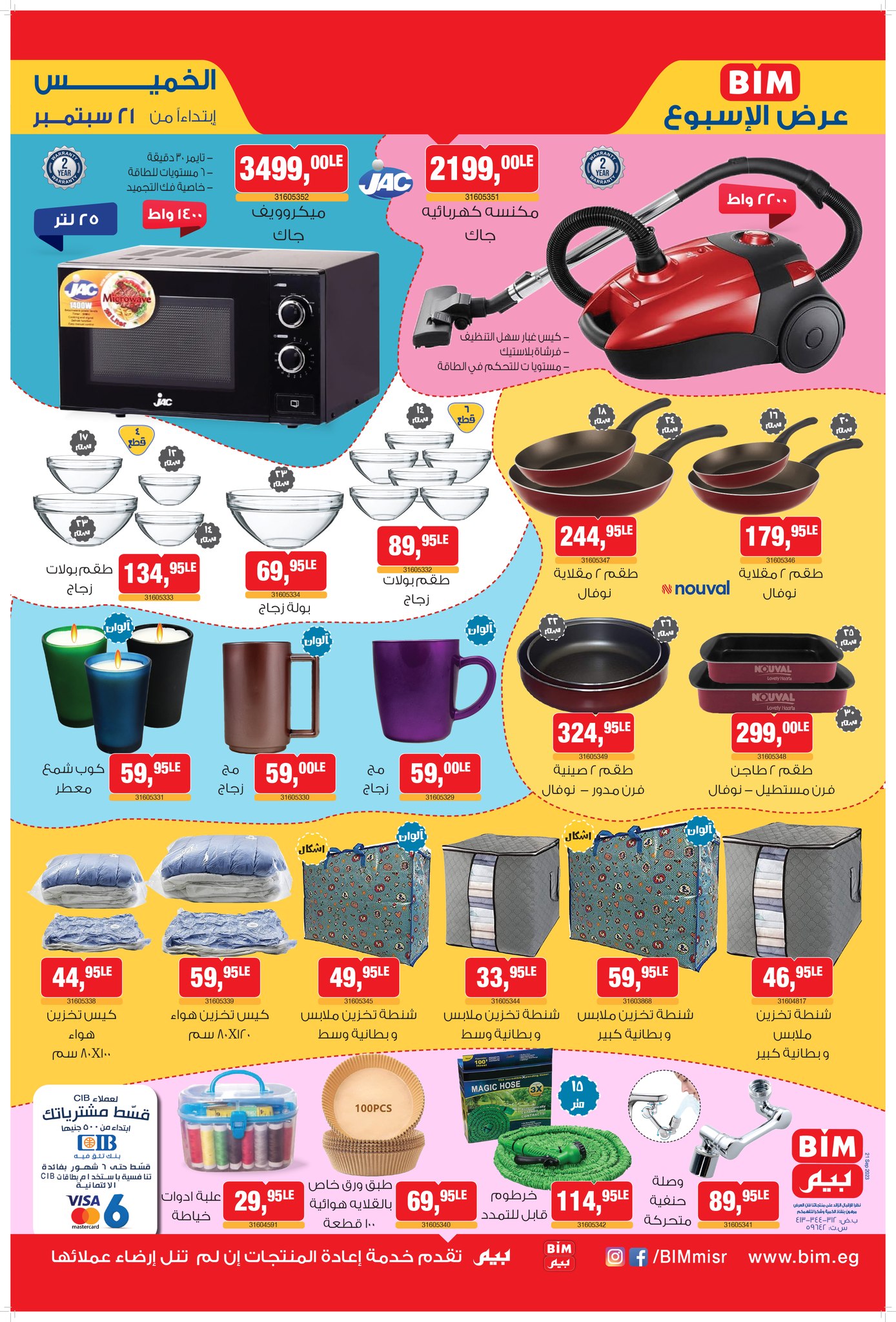vacuum cleaner
vacuum cleaner, often simply called a vacuum, is a household appliance designed to remove dirt, dust, debris, and other particles from floors and other surfaces. It works by creating a partial vacuum to suck up and collect these particles into a dustbin or a filter, preventing them from recirculating in the air. Here are some key features and components of a typical vacuum cleaner:
- Suction Power: The primary function of a vacuum cleaner is to create suction, which is generated by an electric motor. This suction pulls in air along with dirt and debris from the surface being cleaned.
- Dust Collection: Vacuum cleaners can have various types of dust collection mechanisms, such as dustbags, dustbins, or filters. Dustbags are disposable bags that trap dirt and can be replaced when full. Dustbins are reusable containers that need to be emptied. Filters can be made of paper, foam, or HEPA (High-Efficiency Particulate Air) material to trap fine particles.
- Brush or Beater Bar: Most vacuum cleaners have a rotating brush or beater bar with bristles to agitate and loosen dirt and debris from carpets or rugs. This makes it easier for the vacuum to pick up dirt.
- Attachments: Vacuum cleaners come with a variety of attachments like crevice tools, upholstery brushes, and extension wands. These attachments help clean different surfaces and reach into tight spaces.
- Filtration: Some vacuum cleaners have advanced filtration systems, including HEPA filters, which can capture very fine particles like allergens and pet dander. This is particularly important for people with allergies.
- Bagless vs. Bagged: Vacuum cleaners can be bagless, where they collect dirt in a dustbin that you empty, or bagged, where dirt is collected in disposable bags. Bagless models are more environmentally friendly, while bagged models may be more convenient in terms of containment and disposal.
- Corded vs. Cordless: Vacuum cleaners can be corded, which means they need to be plugged into an electrical outlet, or cordless, running on rechargeable batteries. Cordless models offer more mobility but may have limited run time.
- Types: There are various types of vacuum cleaners, including upright, canister, handheld, stick, robotic, and central vacuum systems. Each type is designed for specific purposes and has its own set of advantages and limitations.
Choosing the right vacuum cleaner depends on your specific cleaning needs, such as the type of flooring you have, the presence of pets or allergies, and your preferred cleaning style.
